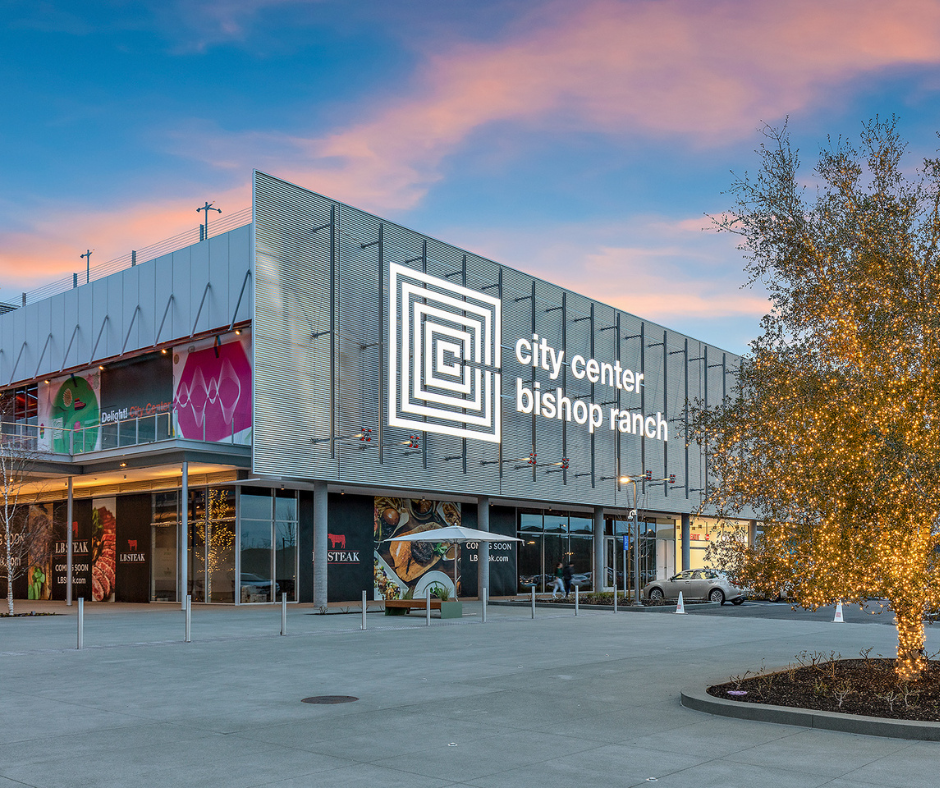Explore San Ramon

Market Report for San Ramon
Search Properties in San Ramon
Schools in San Ramon
Welcome to San Ramon
Today, San Ramon stands as a vibrant and youthful city, celebrated as one of California's exceptional urban villages. It offers a diverse range of homes, well-maintained parks, a thriving retail landscape, and serves as a significant employment hub, all set against a backdrop of remarkable natural beauty.
San Ramon had various names in the nineteenth century, and the first village took shape at the crossroads of what is now Deerfield Road and San Ramon Valley Blvd. In 1873, with the establishment of a permanent post office, it officially became known as San Ramon.
In 1966, the completion of the new Interstate 680 freeway significantly enhanced connectivity, running through San Ramon to Dublin. The year 1970 marked a pivotal moment when Western Electric purchased 1,733 acres of the Bishop Ranch and introduced plans for a "new town." This vision included a mix of housing options, green spaces, retail outlets, and light industry, strategically located in the heart of San Ramon. Over time, parts of this land were developed into new homes, and in 1978, 858 acres transformed into what is now the acclaimed Bishop Ranch Business Park, a state-of-the-art office development.
In 1983, the residents of San Ramon expressed their desire for greater self-governance and autonomy by voting overwhelmingly to incorporate as a separate city. This decision granted the city control over development, law enforcement, park management, and other essential services, paving the way for its growth and transformation into the thriving community it is today.

